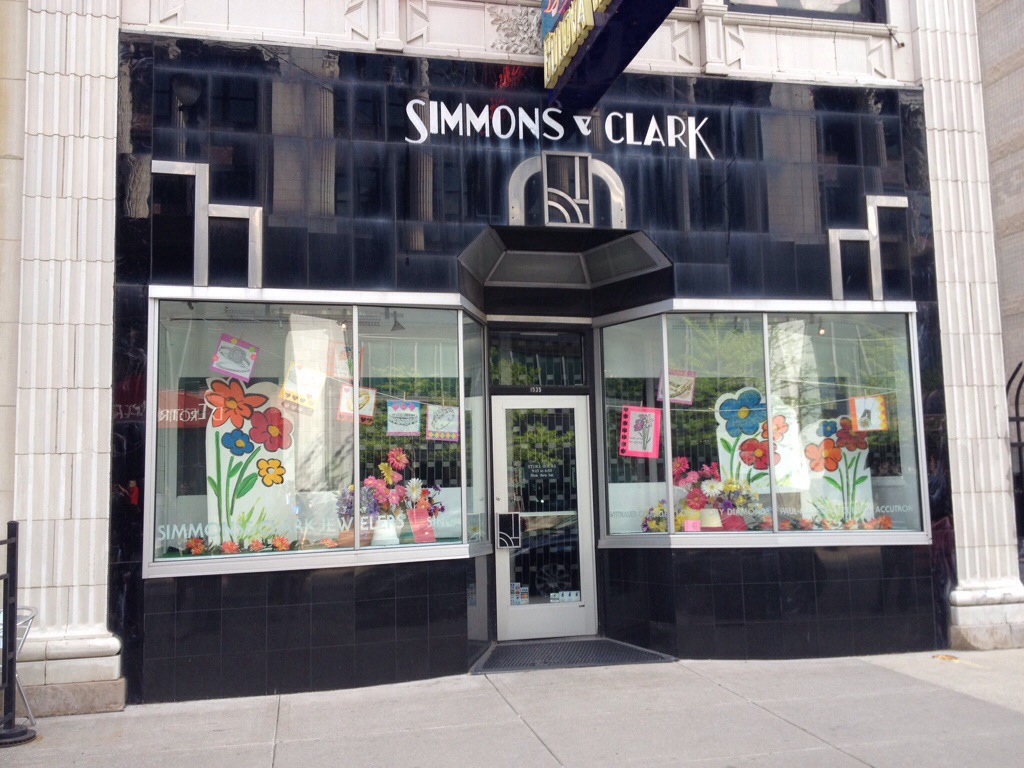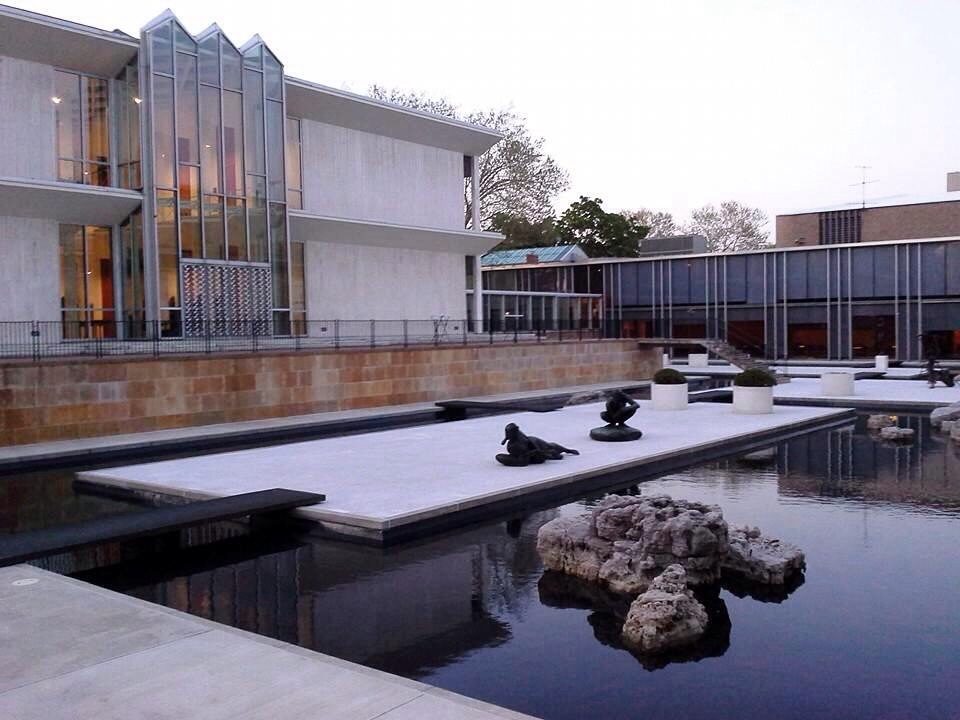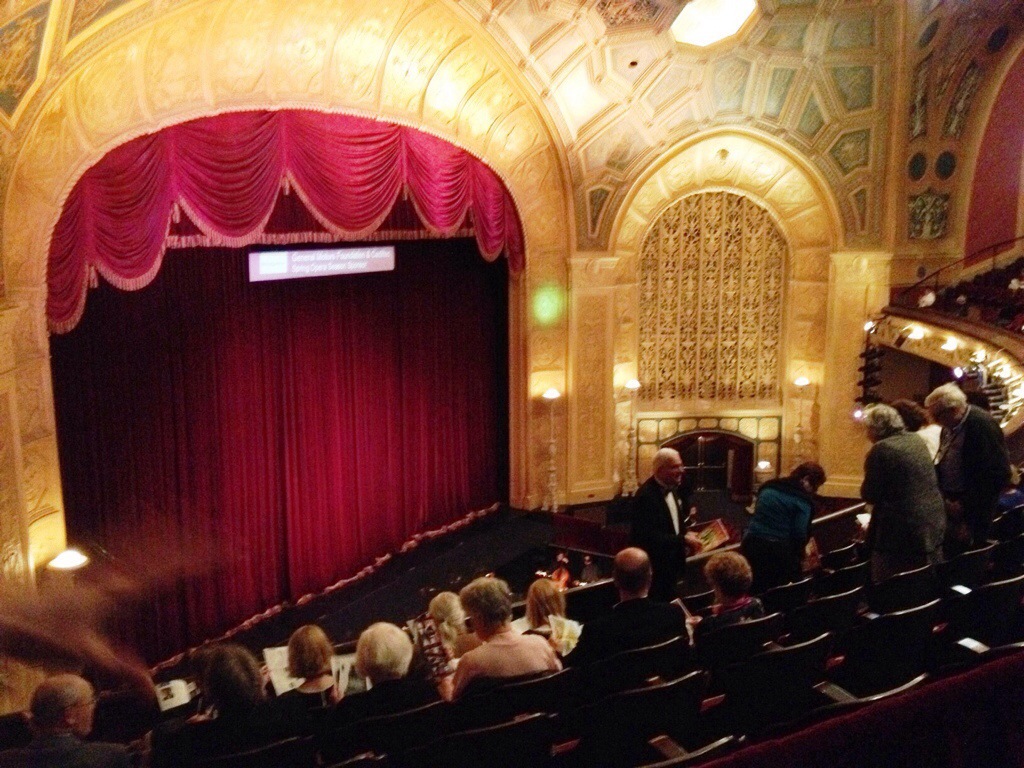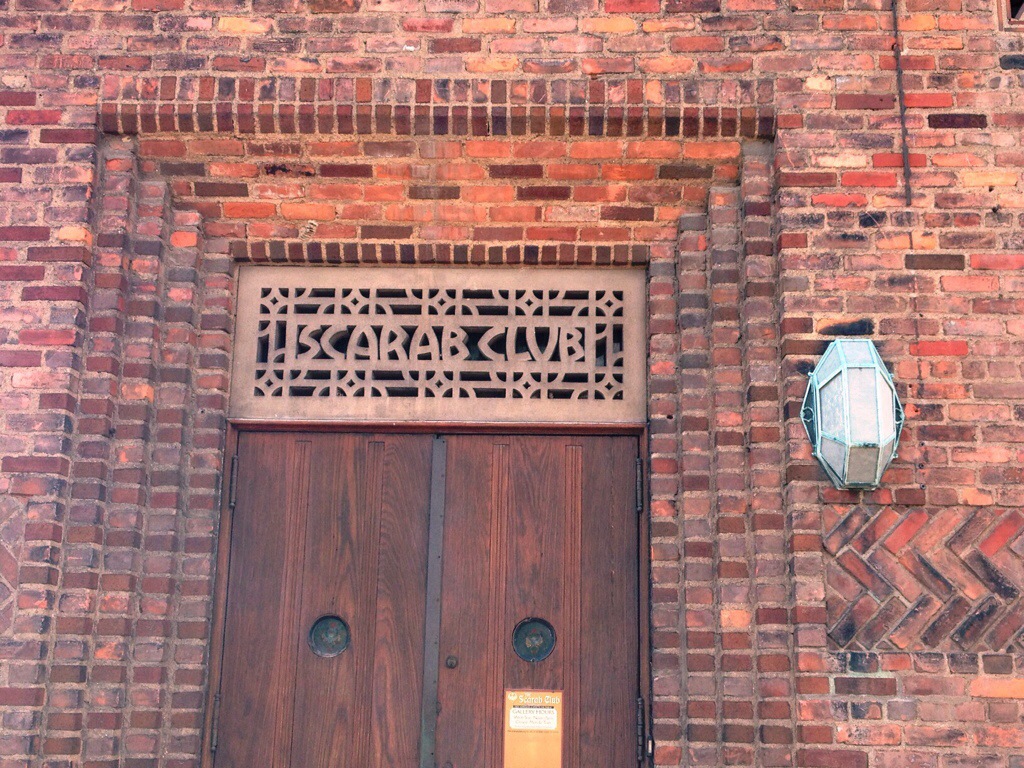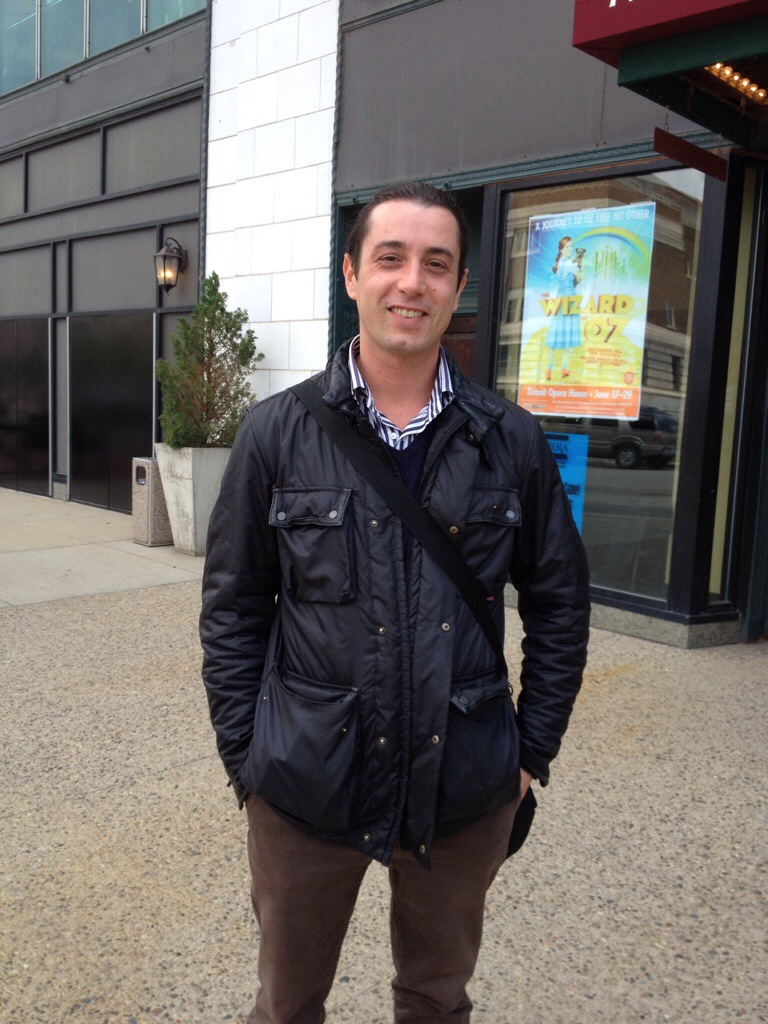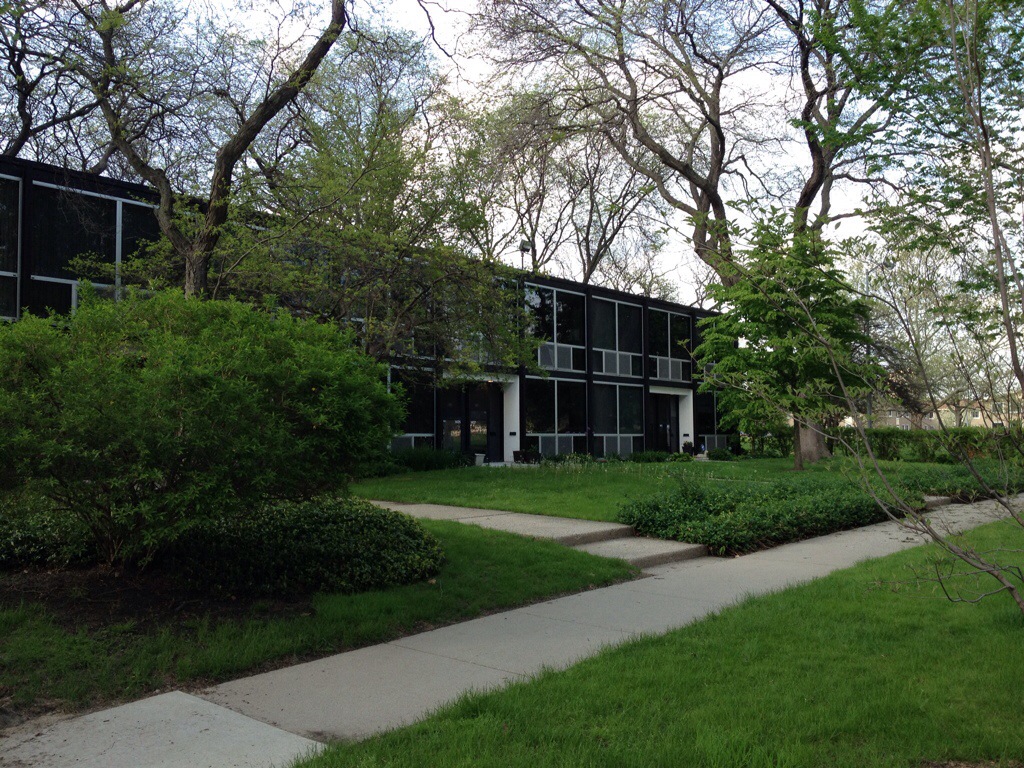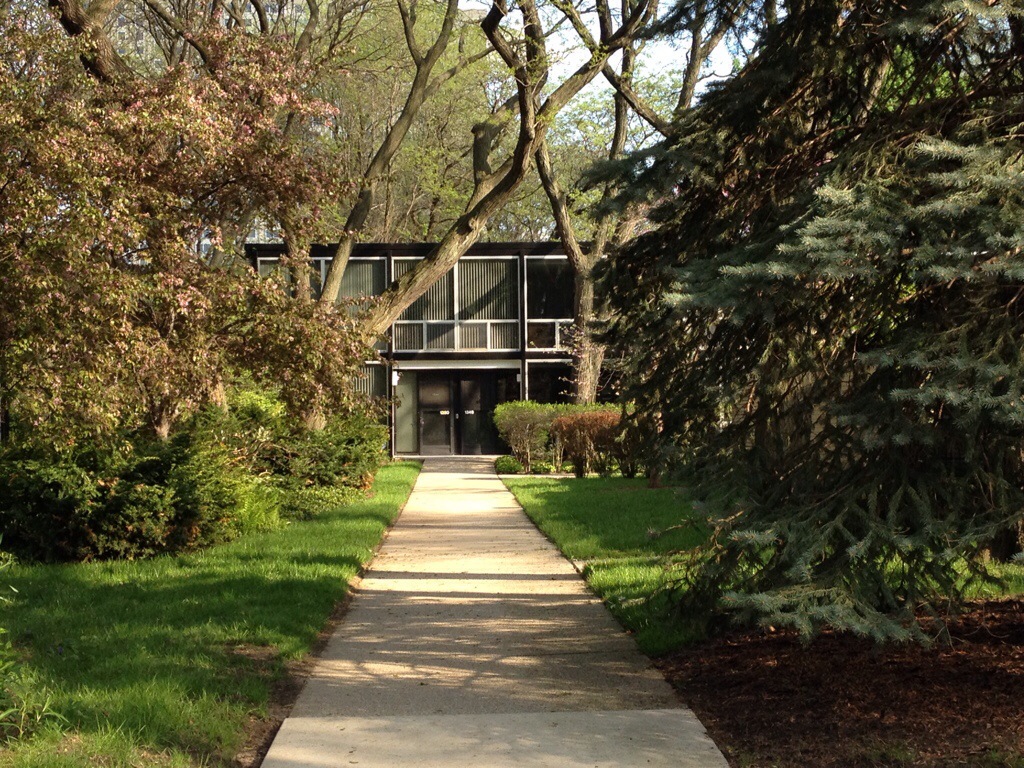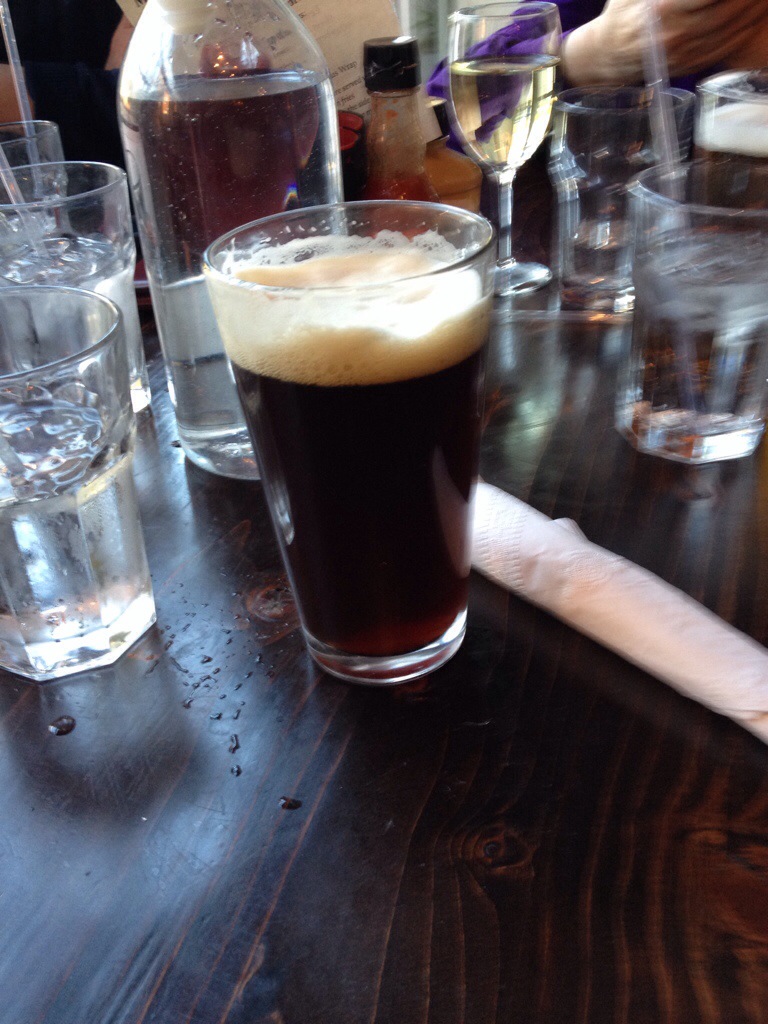By Siraj Asfahani | June 4, 2014
It’s been quite a while since I’ve written a blog post – more than a year in fact. Well, I thought I’d make up for my extended absence from the keyboard by chronicling my attendance at the National Main Street Conference, held this year in Detroit – the “Motor City!” – a place I’d come to know very well through past professional assignments and also through many friends and colleagues who either grew up in the “D” or currently work there. I was also anxious to attend the conference since it had been two years since my last one in Des Moines, Iowa.
I’ve been to 18 National Main Streets Conferences going back to my days as a Main Street manager in the great town of Ottawa, Illinois and then with the Illinois Main Street program and the National Main Street Center. The National Main Streets conference has been part of my planning career for more than 20 years, having attending 18 of them going back to when I was first a Main Street manager in the great town of Ottawa, Illinois, and then with the Illinois Main Street program and the National Main Street Center. It’s hard to miss this conference since I learn a great deal and draw much inspiration from the many communities that successfully practice the Main Street Approach around the country. Who doesn’t like to hear about Main Street success stories? This year, however, Detroit turned out to be something special not only for the chance to hear some good conference sessions and to meet up with some long-time Main Street peeps, but also for the opportunity to see Detroit first-hand since I’d last visited more the six years ago.
That opportunity presented itself well before I arrived in Detroit on Sunday, May 18 as the conference was just getting started. A Chicago preservation colleague of mine, Lisa DiChiera from the Landmarks Illinois invited Rachel Liebovitz from the Illinois Historic Preservation Agency, and myself to attend a matinee of the Michigan Opera Theatre, an opera company that Lisa’s father started back in 1971 and has groomed into one of Detroit’s most important cultural institutions. Being a classical music nut myself, and having heard opera in Chicago and several places in Europe, I could not resist the invite to see one in Detroit. The opera was Puccini’s Turandot – even better since that’s one Puccini opera I’ve yet to see. It was a marvelous performance made even more pleasurable by the theater’s intimate space and center-stage box seats we had overlooking the main floor courtesy of Lisa and her father. That’s why it’s good to make friends in the preservation world because you never know when a free world-class opera performance might come your way.
But beyond the opera performance itself, what impressed me most during my time at the Detroit Opera House was the diverse make-up of the opera-going audience and the story behind the creation of the opera company and how its current home near downtown Detroit’s Grand Circus Park came to be. Before the theater was re-opened as the Michigan Opera House in 1996, it was originally the Capitol Theater, a Classical Revival-styled movie house built in 1922. At the time it was built, it was considered the fifth largest movie palace in the world seating about 3,500 people. Before the Michigan Opera Theatre bought it in 1988, the Theater building had seen its better days and was largely vacant for many years. It was also damaged by fire in 1985. But after a committed effort by the David DiChiera – Lisa’s father – and many other important individuals to raise funds and undertake a complete restoration effort, the Michigan Opera Theatre today attracts a wide spectrum of folks: young and old, Arab and African-Americans, Hispanics, Russians, opera lovers and newcomers alike, and a few hipsters with some conspicuous tattoos. And those were just the people I met. I usually don’t see this kind of eclectic crowd at Chicago’s Lyric Opera House, so it speaks volumes on how the Michigan Opera Theater has been embraced by Detroiters as a place for cultural enrichment and interaction.
On an interesting note, I did get to meet the conductor of Turandot, Valerio Galli, who was just taking in the fresh air and fan pictures right outside the stage door as I was walking along the sidewalk toward the main entrance. Valerio was quite jovial and relaxed as he waited out the minutes before he took the podium inside. I usually don’t see Riccardo Muti hanging out with fans before a Chicago Symphony Orchestra concert I might add.
After the opera and before dinner, Lisa wanted to show us a Detroit hidden gem, the Scarab Club, located in Detroit’s Mid-Town, not far from the Wayne State University campus. The Scarab Club, founded in 1907, serves as an artist meeting place, gallery and studio space; one of its earliest members, Lancelot Kukert, was the architect of its current building, which was constructed in 1928. Designed in the Arts and Crafts style, the interior features a second floor dining room with exposed ceiling beams on which famous artists of the time, such as Diego Rivera, Norman Rockwell and Marcel Duchamp, all signed their names on. Even Van Cliburn visited and signed his name. He must have tickled the ivories on the dining room’s piano when he visited.
After the Scarab Club, we enjoyed a great vegetarian dinner at Seva’s, also located in Mid-Town Detroit near the Detroit’s Museum of Contemporary Art. The dinner was topped by a mighty delicious Dark Horse Boffo Brown Ale – a great Michigan brew from the lovely historic town of Marshall. Afterward, at Rachel’s request, we ventured off next to Lafayette Park, the Mies van der Rohe-designed and planned residential development near Detroit’s Eastern Market area. Lafayette Park dates from early 1960s and largely replaced the Black Bottom African-American neighborhood, considered at the time to be one of the Detroit’s worst slums but also known for its once-vibrant jazz joint and night club scene. Stevie Wonder, Marvin Gaye, Smokey Robinson, and Della Reese, among many other singers and performers, at one time or another once called the neighborhood home. Today, however, barely a trace of that neighborhood remains other than the immaculately maintained one and two-story town homes and apartment towers, all designed in the classic International Style. We had a chance to walk around, shoot some photos and take in the lush landscaping and the serenity of the place. The landscape itself was designed by Alfred Caldwell, a colleague of Mies’ at the Illinois Institute of Technology.
Our last stop was the campus of Wayne State University, which features several stunning Modern campus buildings designed by Minouri Yamasaki, mostly recognized as the architect of the first World Trade Center in New York City. His practice was located in nearby Troy, Michigan. I’ve mostly driven through the campus on my many business trips to Detroit but had never stopped to see it and what I’ve always heard to be some of Yamasaki’s finest Modern designs. The McGregor Memorial Conference Center and its adjoining sunken pool, as well as the Helen L. DeRoy Auditorium with its elegant cornice-line Gothic arches reminiscent of the World Trade Center’s design treatment, turned out to be my favorite buildings of this short Sunday Detroit tour. The campus and the sunken pool should definitely be on anyone’s itinerary when visiting Detroit.
All in all, it was a good start to the conference. Many thanks to Lisa for the opera experience and the Detroit immersion tour afterwards. During the conference, I had the opportunity to attend receptions at other fine places, including the Guardian Building not far from the conference hotel. This building is one lavishly-designed Art Déco masterpiece. If you’re ever in Detroit, visit the building’s lobby – it is quite stunning with elaborate tile mosaics with one depicting a large map of the State of Michigan. Another fine place is downtown’s new riverwalk developed in partnership between the City, the Detroit RiverFront Conservancy and various corporate entities and contributors. The Riverwalk has won this year’s National Planning Award for Implementation from the American Planning Association.
From what I could tell, Detroit is looking very good these days. But don’t take my word for it – come and see it for yourself!
Photos from the trip: Simmons and Clark Jewelry Store storefront, across the street from the Detroit Opera House; the sunken garden by Minouri Yamasaki, Wayne State University, courtesy of Lisa DiChiera; interior of the Detroit Opera House; the Scarab Club entrance; the gallant Valerio Galli; and, scenes from Mies van der Rohe’s Lafayette Park; the quite tasty Dark Horse Boffo Brown Ale.
